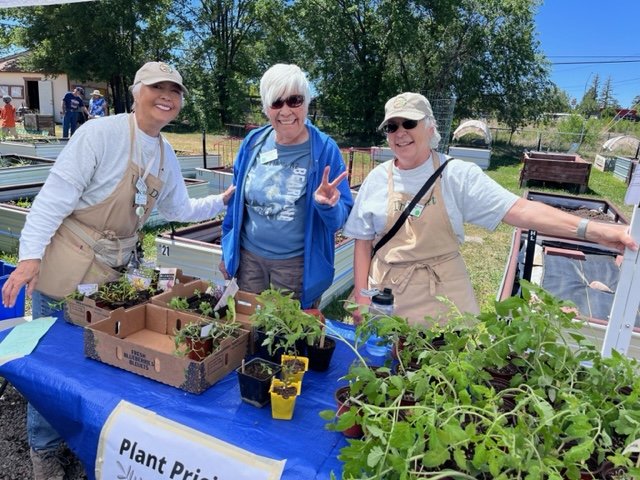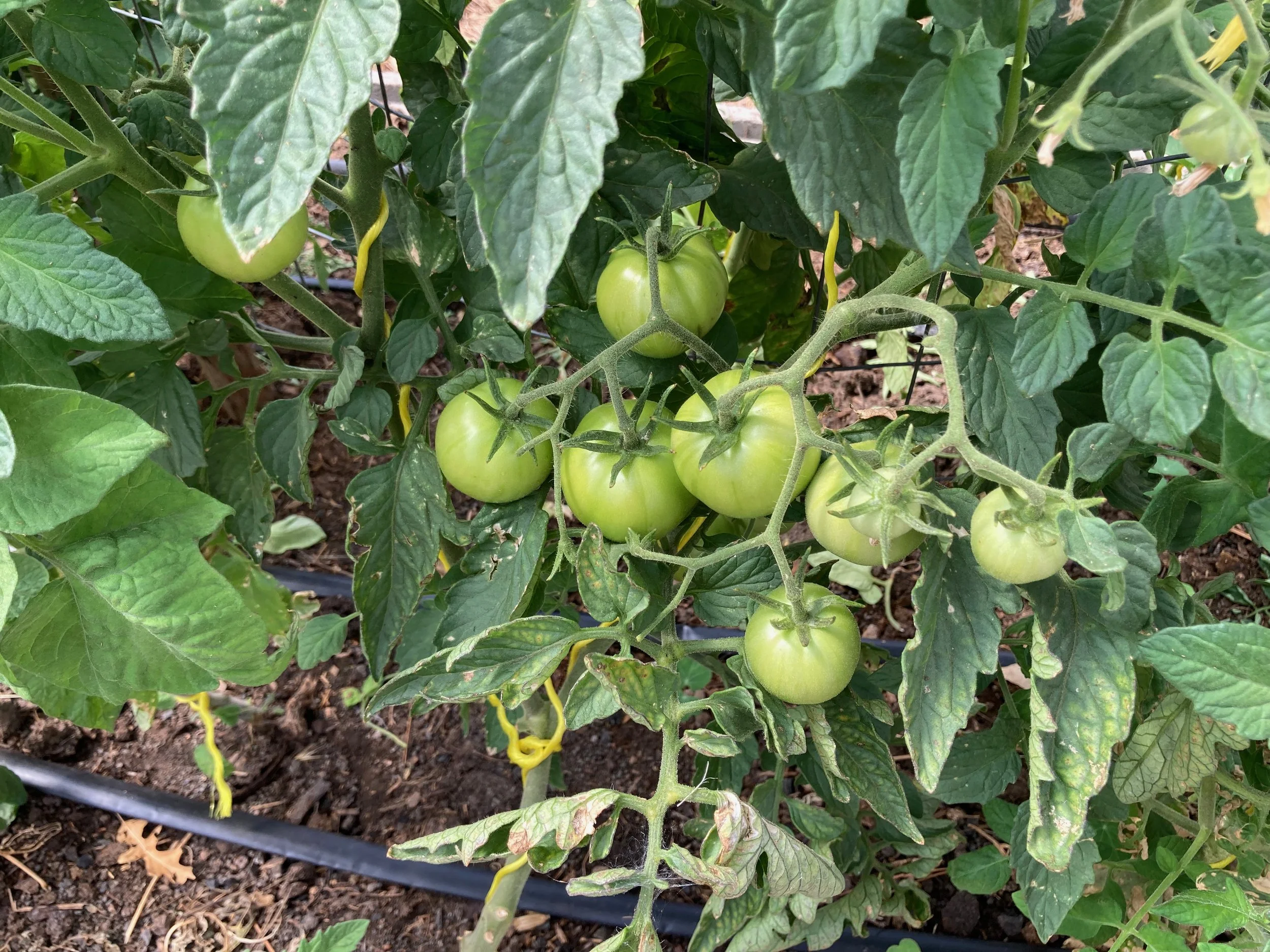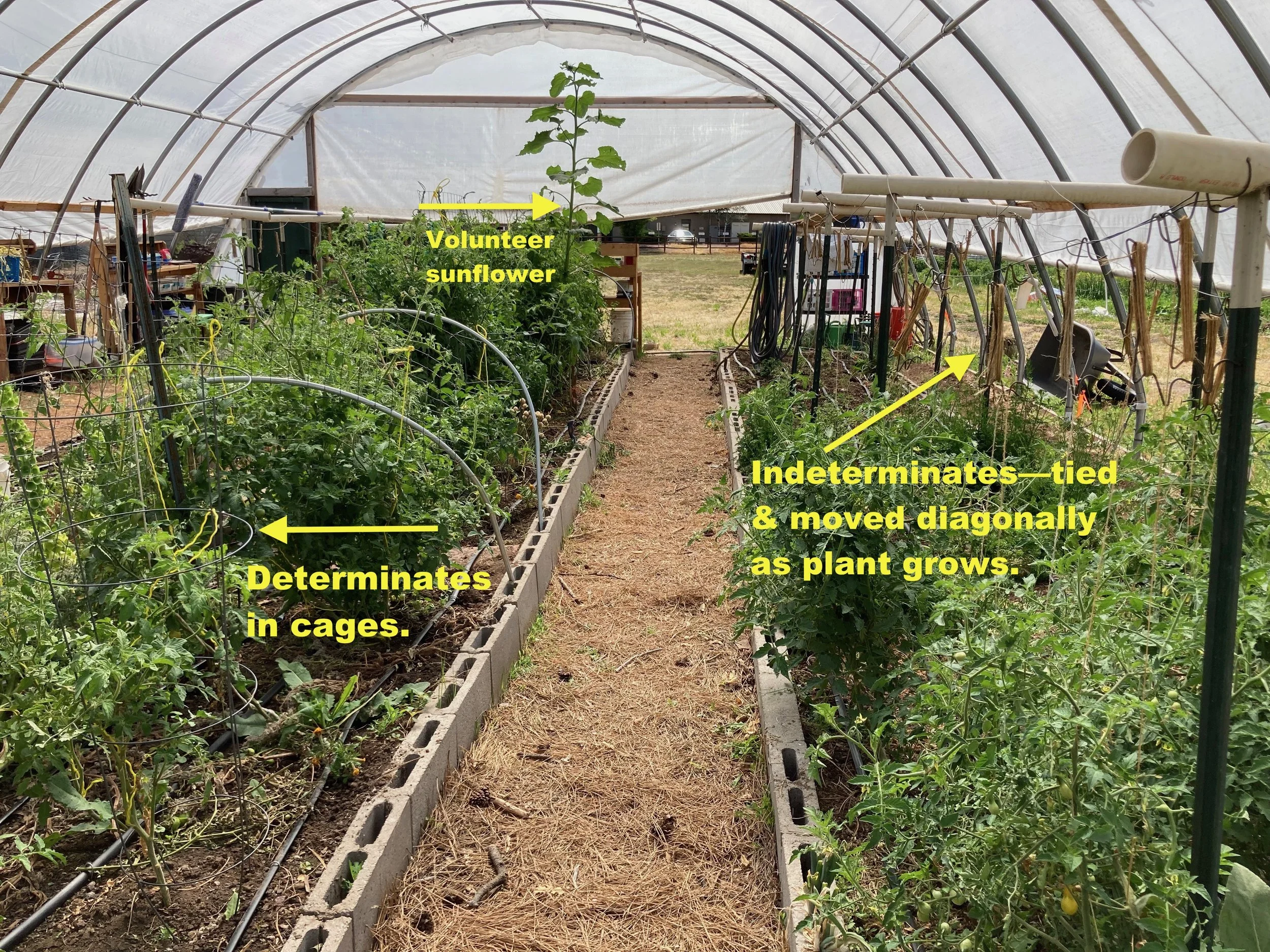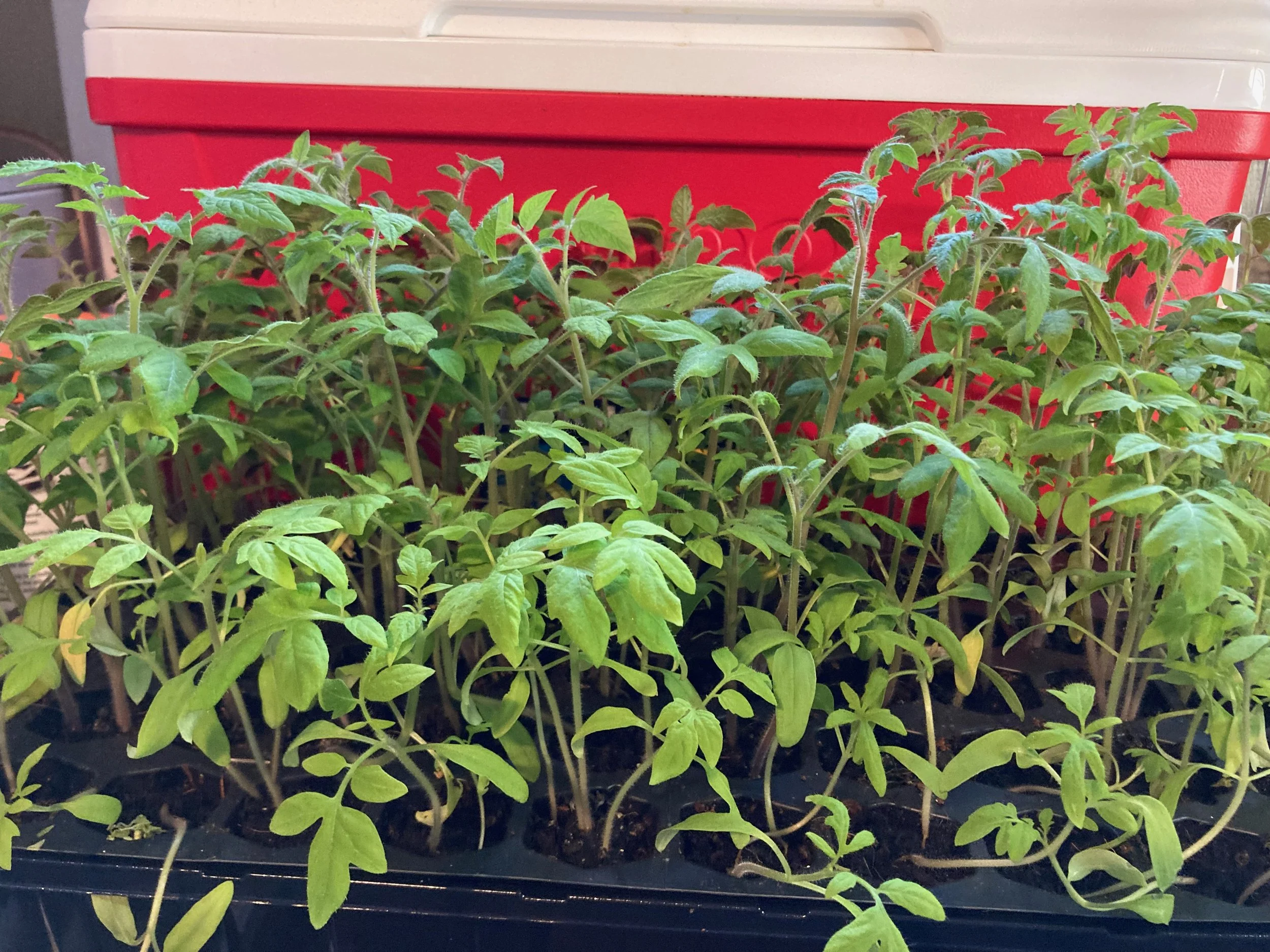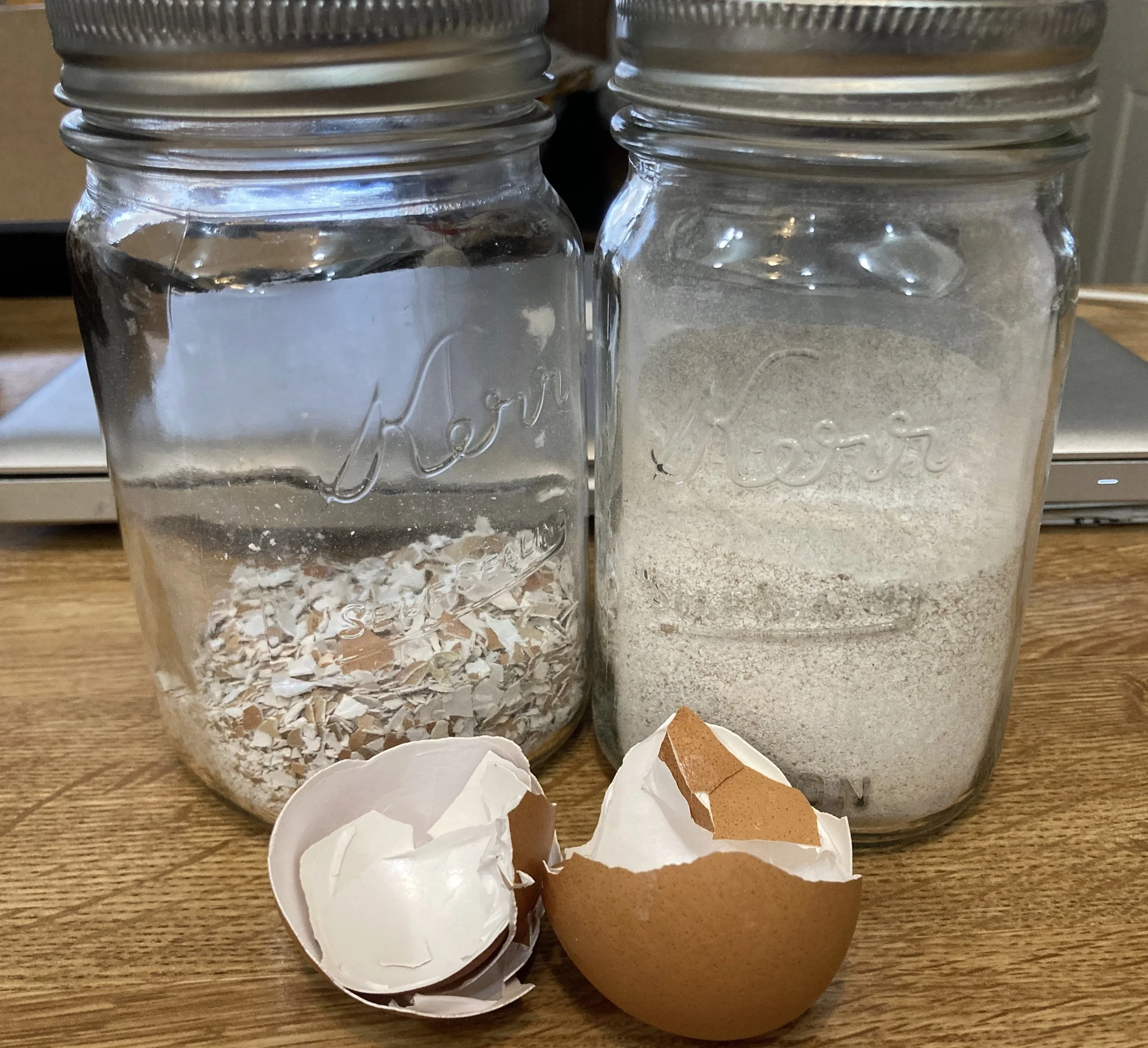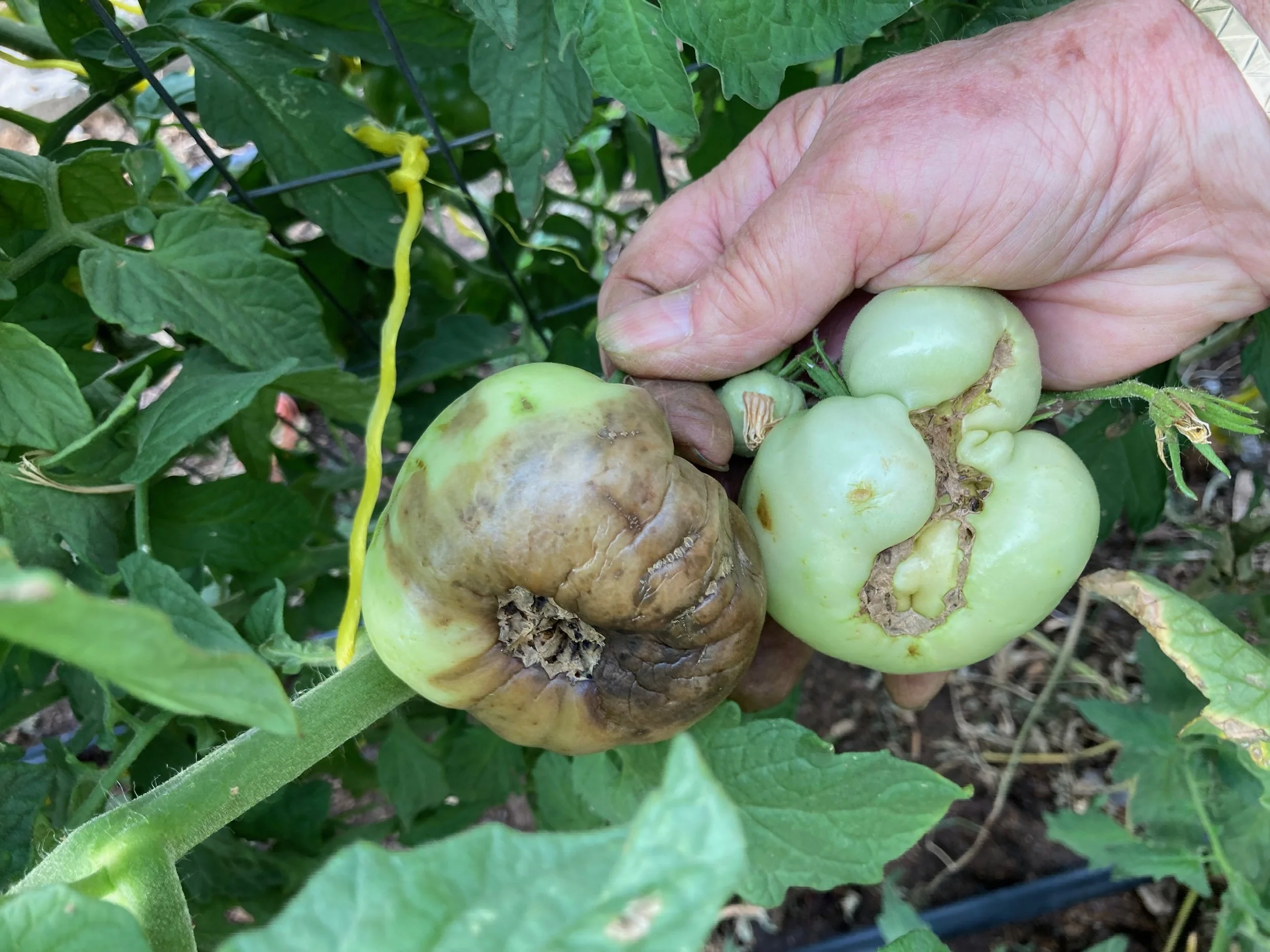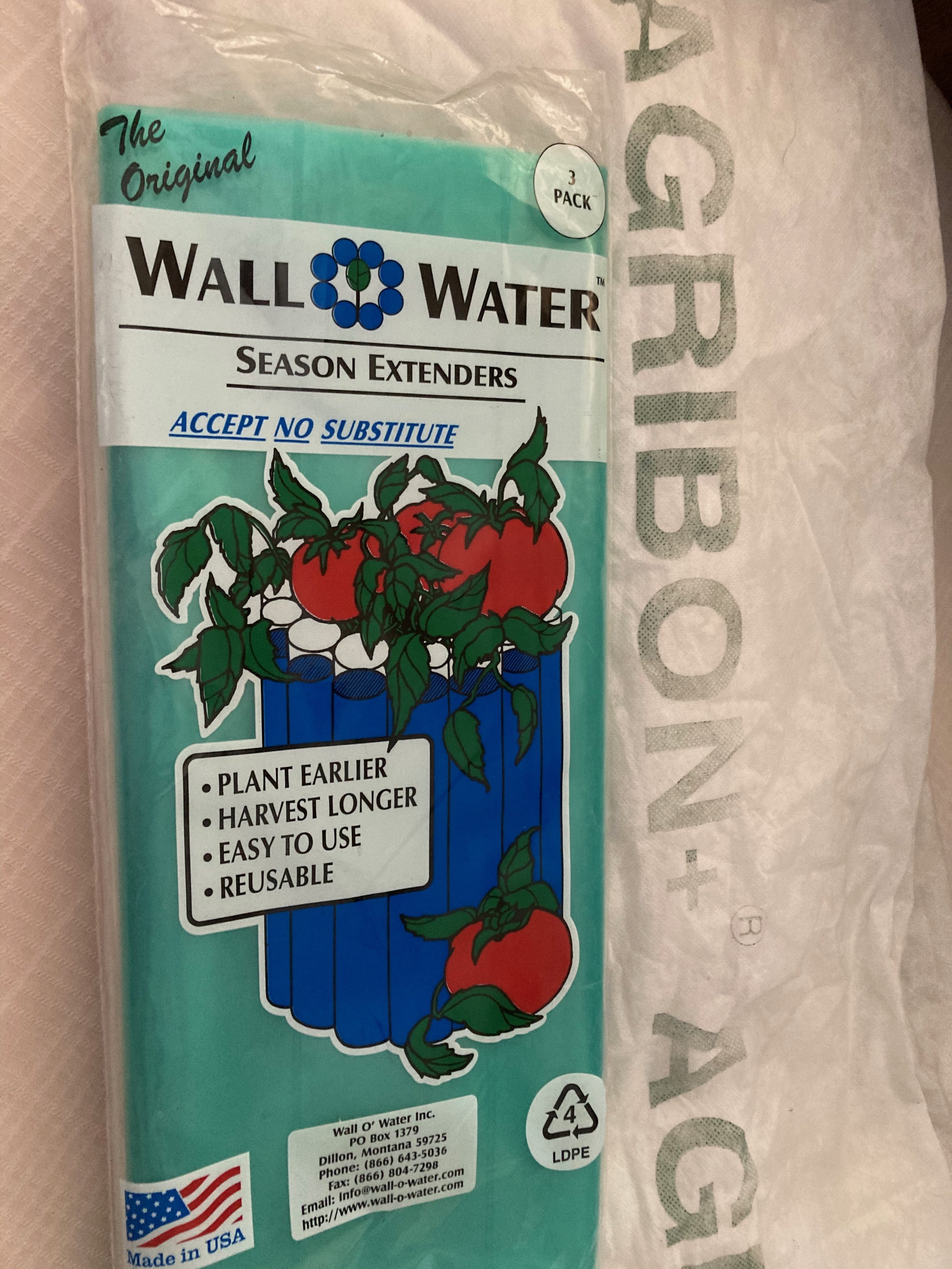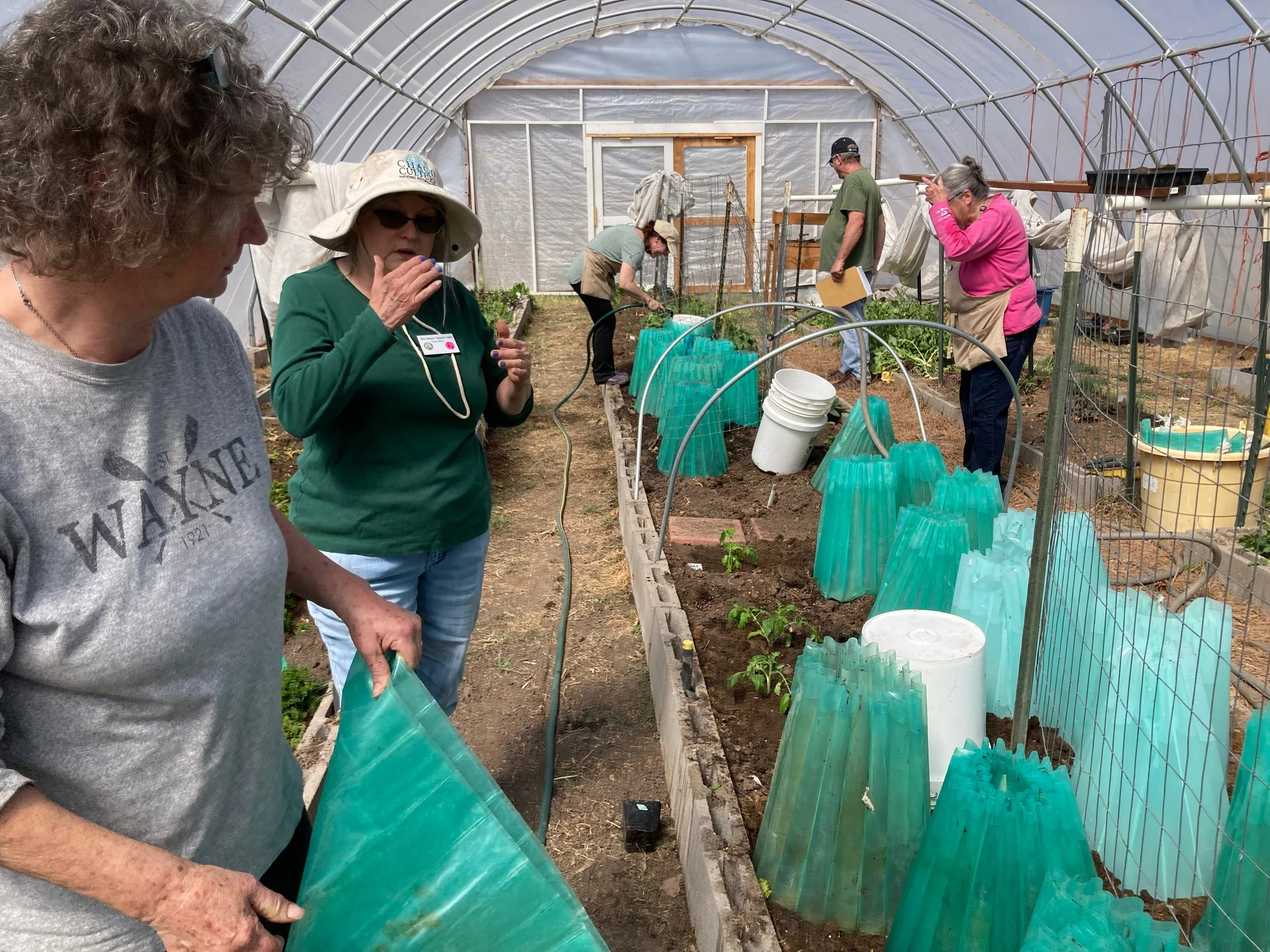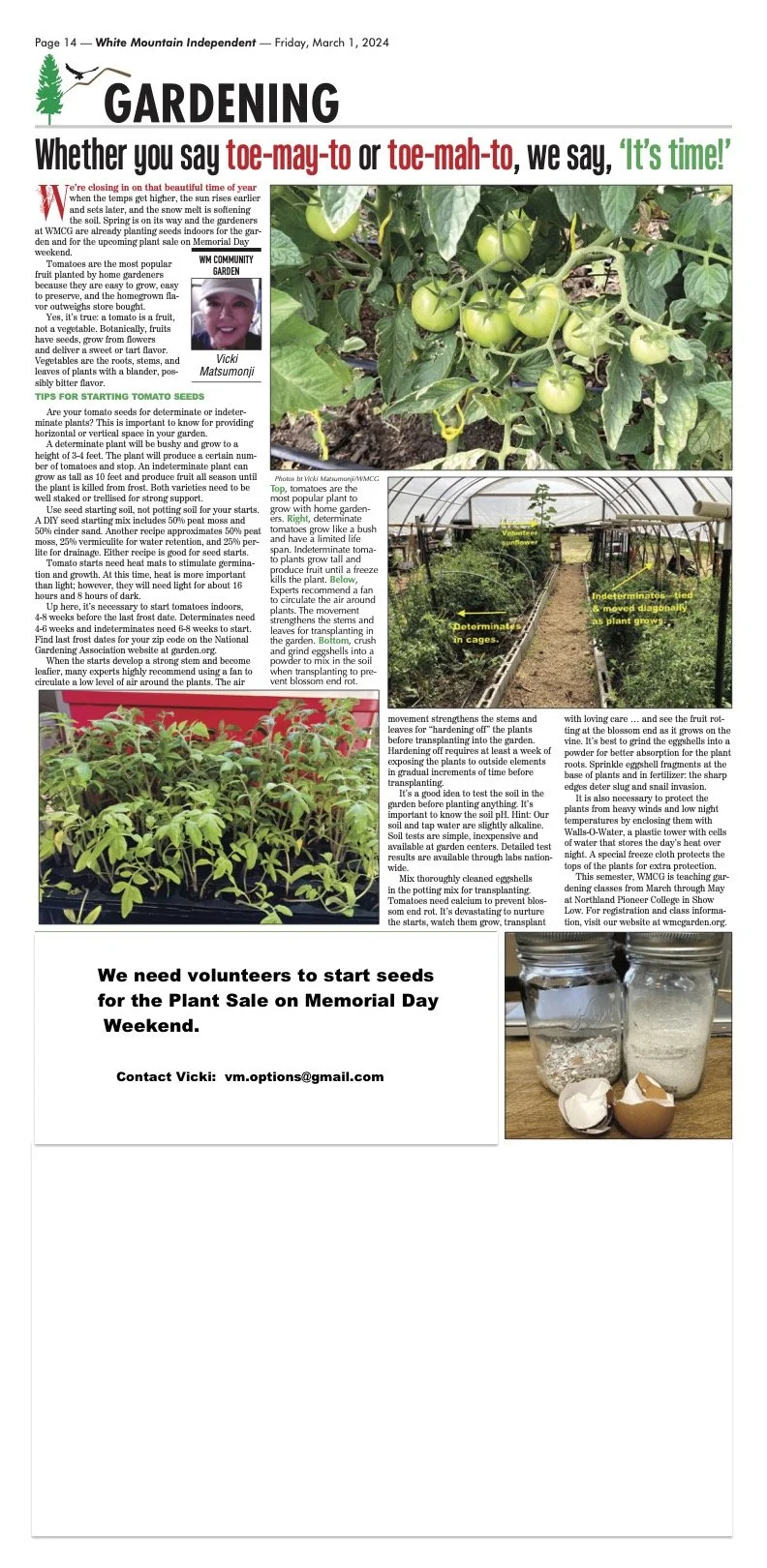You say, “Tomato”, we say, “It’s time!”
We’re closing in on that beautiful time of year when the temps get higher, the sun rises earlier and sets later, and the snow melt is softening the soil. Spring is on its way and gardeners at WMCG are already planting seeds indoors for the garden and for the upcoming Plant Sale on Memorial Day weekend.
We are starting tomato seeds for the high tunnel and the Plant Sale on Memorial Day weekend. We need more volunteers to start seeds! Contact Vicki: vm.options@gmail.com
Tomatoes are the most popular vegetable planted by home gardeners because they are easy to grow, easy to preserve, and the homegrown flavor outweighs store bought.
TIPS FOR STARTING TOMATO SEEDS
Did you know that tomato is a fruit and not a vegetable? Botanically, fruits have seeds, grow from flowers, and deliver a sweet or tart flavor. Vegetables are the roots, stems, and leaves of plants with a blander, possibly bitter flavor.
Tomatoes are the most popular plant for home gardeners.
Are your tomato seeds for “determinate” or “indeterminate” plants? This is important to know for providing horizontal or vertical space in your garden.
A determinate plant will be bushy and grow to a height of 3-4 feet. The plant will produce a certain number of tomatoes and stop. An indeterminate plant can grow as tall as 10 feet and produce fruit all season until the plant is killed from frost. Both plants need to be well staked and/or trellised for strong support.
None of us are very tall, so the indeterminate tomato plants are moved sideways along the wires between the “T” posts to allow for growth through the full season until the first frost.
Use seed starting soil, not potting soil for your starts. A DIY seed starting mix includes 50 percent peat moss and 50 percent cinder sand. Another recipe approximates 50 percent peat moss, 25 percent vermiculite for water retention, and 25 percent perlite for drainage. Either recipe is good for seed starts.
Tomato starts need heat mats to stimulate germination and growth. At this time, heat is more important than light; however, they will need light for about 16 hours and 8 hours of dark.
Up here, it’s necessary to start tomatoes indoors -- 4-8 weeks before the last frost date. Determinates need 4-6 weeks and indeterminates need 6-8 weeks to start. Find last frost dates for your zip code at https://garden.org/ (The National Gardening Association).
When the starts develop a strong stem and become leafier, many experts highly recommend using a fan to circulate a low level of air around the plants. The air movement strengthens the stems and leaves for “hardening off” the plants before transplanting into the garden. (Hardening off requires at least a week of exposing the plants to outside elements in gradual increments of time before transplanting.)
These plants need a fan to help pre-hardening off before exposing them to the elements each day for a few hours at a time. Start with one hour and continue to add more hours when hardening off.
It’s a good idea to test the soil in the garden before planting anything. It’s important to know the soil pH. Hint: Our soil and tap water are slightly alkaline. Soil tests are simple, inexpensive, available at garden centers. Detailed test results are available through labs nationwide.
Mix thoroughly cleaned eggshells in the potting mix for transplanting. Tomatoes need calcium to prevent blossom end rot. It’s devastating to nurture the starts, watch them grow, transplant with loving care, and see the fruit rotting at the blossom end as it grows on the vine. It’s best to grind the eggshells into a powder for better absorption for the plant roots. Sprinkle eggshells fragments at the base of plants and in fertilizer—the sharp edges deter slug and snail invasion.
Add calcium with ground eggshells to avoid blossom end rot.
Discovering this is a heart break.
It is necessary to protect the plants from heavy winds and low night temperatures by enclosing the plants with Walls-O-Water--a plastic tower with cells of water that stores the day’s heat at night. Agribon is a special freeze cloth to drape over the WOW for extra protection.
We always protect with WOWs and Agribon.
This semester, WMCG is teaching gardening classes (March-May) at Northland Pioneer College in Show Low. Go to “Calendar” on our website for registration and class information.
$10/class or $50 for all 6 classes.
